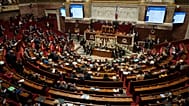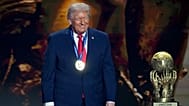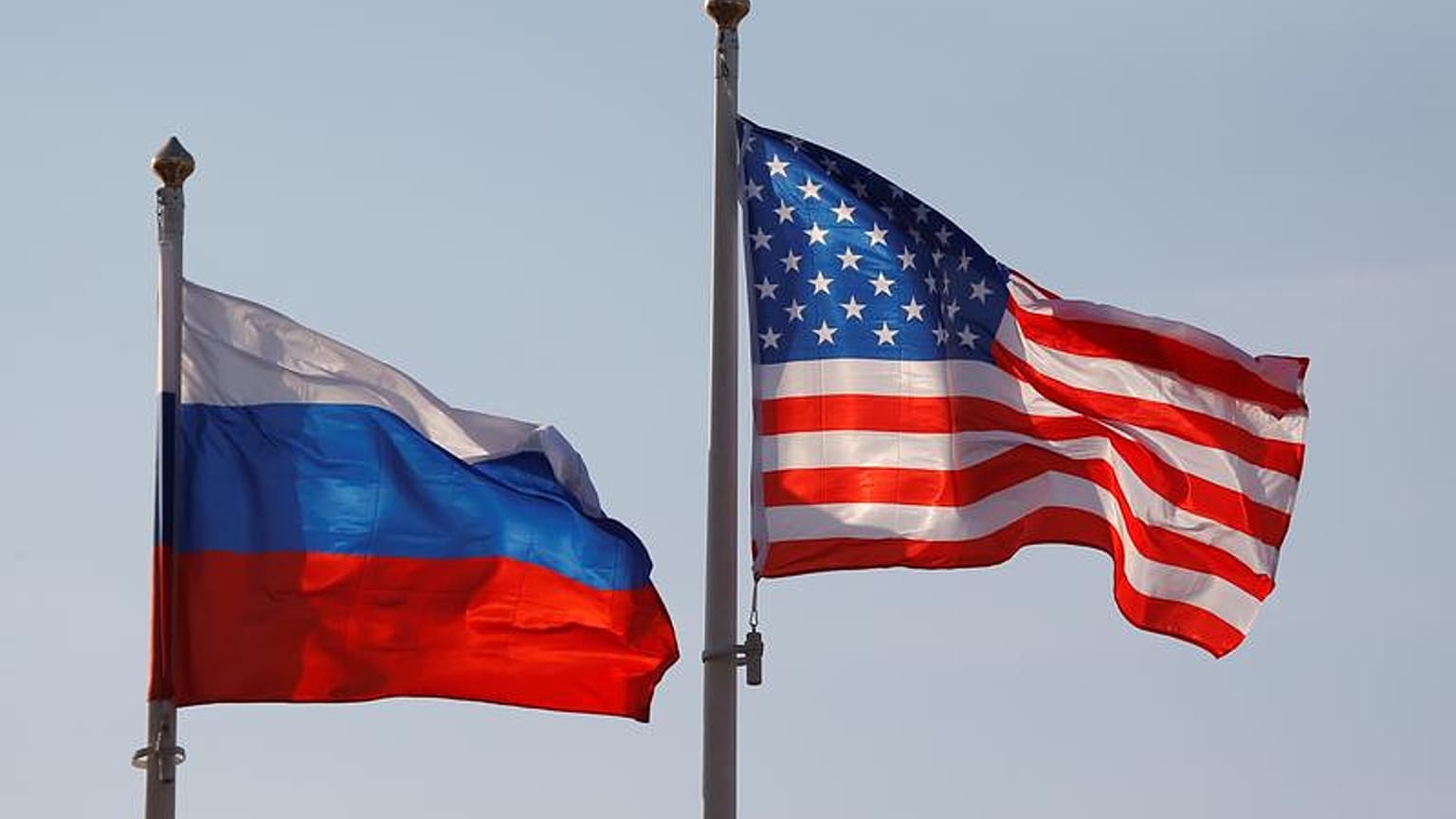"It might not happen right away but in some time we will be back to the situation in the 1980s when over 2,000 Soviet Pioneer missiles were capable of hitting Bonn, Paris, London," a Russia military analyst told Euronews.
A nuclear arms treaty signed by the US and Russia more than 30 years ago to limit the deployment of medium-range nuclear missiles may be on its last legs.
It comes after the US threatened to withdraw from the pact amid accusations Russia had violated it.
NATO backed the US' stance in December and formally declared Russia as being in "material breach" of the treaty.
"Russia has a last chance to show in a verifiable way that they comply with the treaty ... but we also have to start to prepare for the fact that this treaty may break down,” said NATO Secretary-General Jens Stoltenberg.
Russia, meanwhile, has denied being in breach of the cold-war era deal and said it "strictly abides" by the conditions.
President Vladimir Putin said if the US withdraws it would develop weapons now banned under the treaty.
What's the INF Treaty?
The Intermediate-range Nuclear Forces (INF) treaty was signed in 1987 by the former leader of Russia Mikhail Gorbachev and his US counterpart Ronald Reagan.
Its objective was to rid Europe of land-based nuclear missiles by eliminating and committing to stop the development of ground-launched ballistic and cruise missiles with ranges of 500 to 5,000 kilometres.
By June 1, 1991, the two countries had destroyed a combined total of 2,692 short-, medium-, and intermediate-range missiles.
Are there violations?
The US first raised concerns about a possible Russian violation of the treaty in 2014, and repeated such claims in subsequent years. It affirms that the country's 9M729 missile can fly more than 500 km.
NATO announced in December that allies had "identified a Russian missile system that raises serious concerns," urging Russia to engage in bilateral dialogue with the Alliance.
"Allies emphasise that a situation whereby the United States and other parties were abiding by the treaty and Russia were not – would be a grave and urgent concern," the NATO statement said.
On Saturday, US president Donald Trump ramped up tensions, telling reporters after a rally in Nevada: "We're going to terminate the agreement and we're going to pull out."
"Russia has violated the agreement. They've been violating it for many years," he said, adding: "I don't know why President Obama didn't negotiate or pull out."
Russia, which denies that it is in violation of the treaty, has also lobbed accusations at the US, arguing that the Aegis Ashore missile defence system activated in Romania and Poland is capable of firing long-range cruise missiles.
Sergey Ryabkov, Russia's deputy foreign minister, described Trump's announcement as a "very dangerous step" and called on "Washington to show a balanced and sober approach".
What withdrawing would mean?
"Some Russian politicians think that Russia would benefit from the US withdrawal from the agreement," Alexander Golts, a Russian military analyst, told Euronews.
These politicians, Golts explained, believe Russia is at a disadvantage because other countries have intermediate-range missiles.
But the analyst also warned that it could be the beginning of a new arms race between the two countries in which, if the US accusations are true, "for the first couple of years, Russia would be ahead."
"As for a fully-fledged arms race, the withdrawal from the INF agreement is but a beginning: the New Start Treaty (preventing the development of strategic nuclear missile launchers) is also in danger.
"It might not happen right away but in some time we will be back to the situation in the 1980s when over 2,000 Soviet Pioneer missiles were capable of hitting Bonn, Paris, London but couldn't reach Washington or New York — and the American Pershing missiles could destroy Russia's most important cities within six-seven minutes.
"Thirty years on, if the INF is destroyed, we will be back to that," he said.















